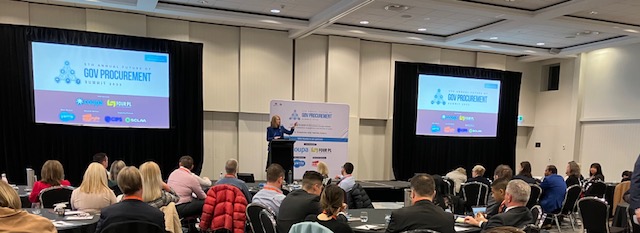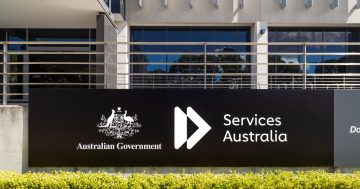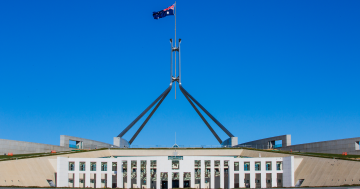
Procurement officers gather in Canberra for a two-day summit. Photo: Chris Johnson.
Government procurement is hardly a topic for light-hearted banter around the water cooler, but it is a serious function involving enormous amounts of taxpayer dollars across all agencies.
So serious, in fact, that for some time now executives involved in both sides of the business have gathered regularly to discuss how to keep abreast of the latest trends and practices and how to simply do procurement better.
The 5th Annual Future of Gov Procurement Summit, held in Canberra, brought together procurement officers from all levels of government, as well as the private sector, for two days of instruction, case studies and knowledge-sharing.
Federal government departments including Defence and the Australian Tax Office were represented and played key roles in presentations and panel discussions.
My Public Sector
How to get the best outcome and value for moving were key values for government procurement officers, while the lessons for those trying to sell to government included understanding compliance issues, and how best to cut through bureaucracy.
“Procurement doesn’t wait for procurement,” was a message repeated throughout the conference.
The ATO’s director of Software Management Unit, Mike Baker, shared tips for being successful in procurement for government.
“Really, truly understanding your requirements, and being able to clearly articulate them, is absolutely critical to getting a good procurement outcome,” he said.
“Ask someone who does not know anything about what you’re trying to do, to review your documentation. Be willing to push back against your stakeholders who want a quick result.
”Always try to understand what motivates your sellers and analyse how you can take advantage of that to create and maximise value for yourselves.”
Citing a case study example of an incumbent provider that had been doing a “pretty good job” for more than 10 years, Mr Baker said the contract was ending and the government agency wanted a better arrangement.
“At the industry briefing, I told the potential suppliers ‘we want to pay you less and we want you to help us achieve that’,” he said.
“Despite some significant issues with our steering committee, our recommendation was accepted and a new provider was engaged. We put a lot of effort into our Statement of Requirements and Tender documentation – based very much on what we wanted in the future.
“Despite our clear documentation and messaging, the incumbent provider provided a pretty poor tender response – and lost. We ended up with a much better, more effective and efficient service, with plenty of innovation expected, and we saved about 30 per cent in cost.”
Talking from the other side of the process, Landcom’s chief procurement officer Troy Chapman said being successful was in knowing what to do before procurement started.
“You need to get on the front foot before you have a tender. Before things are going on,” he said.
“You have to start considering what you are going to do when you’re not procuring. Start mapping straight away for things like compliance and sanctions you need to be aware of.
“If you’re not making your compliance automated, that’s when you run into trouble. The more compliance you automate, the more efficient your system becomes.
“It’s all about how to reduce time and closing the gap between going to market and delivery.”





















